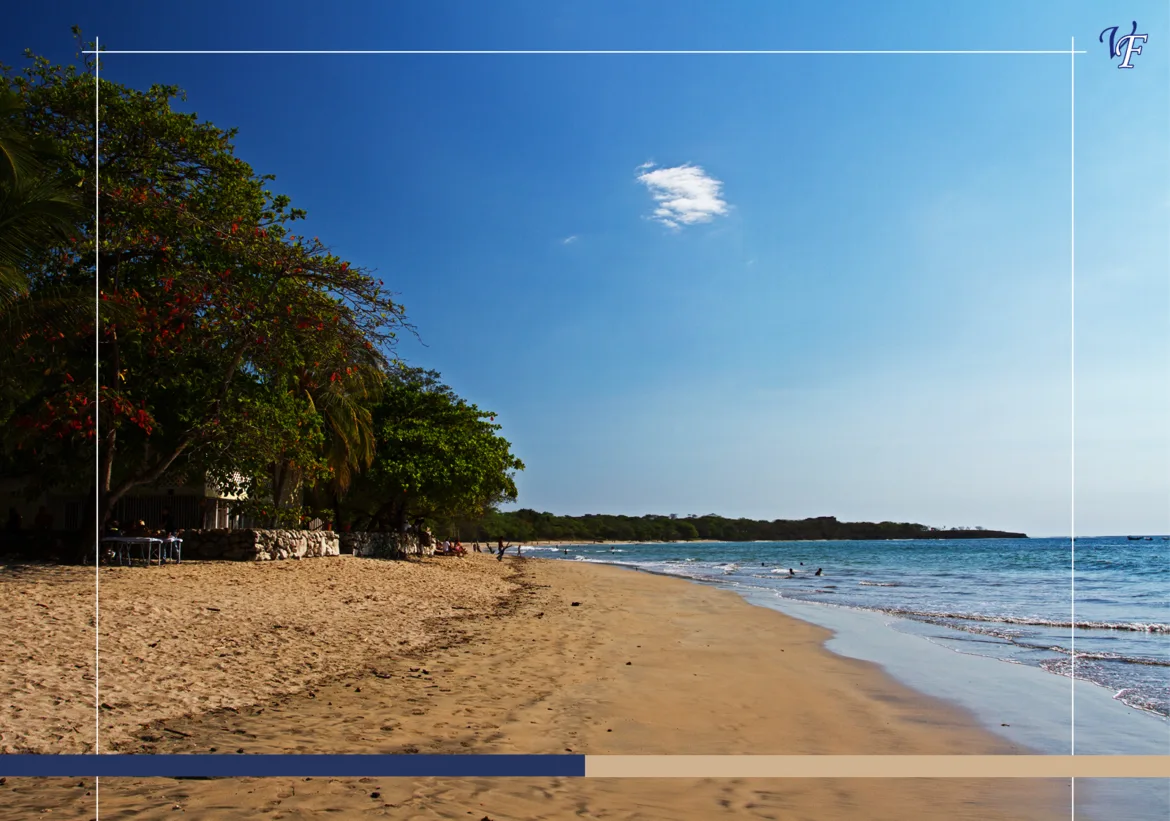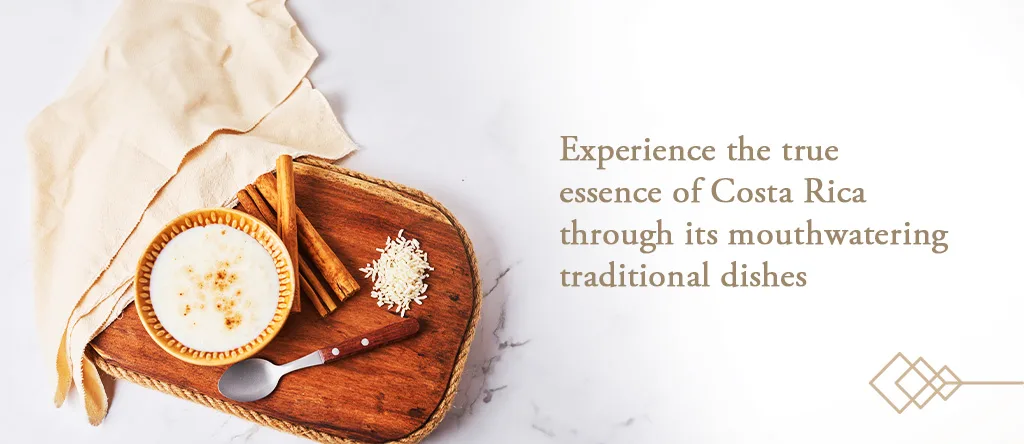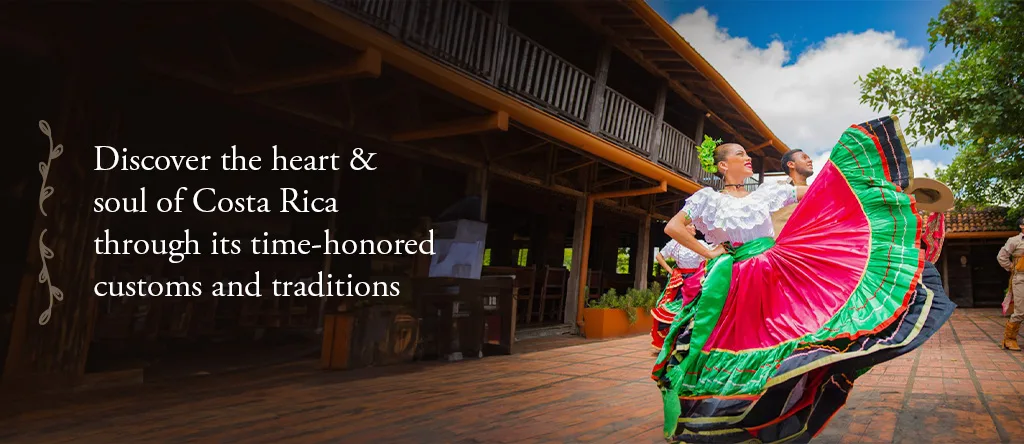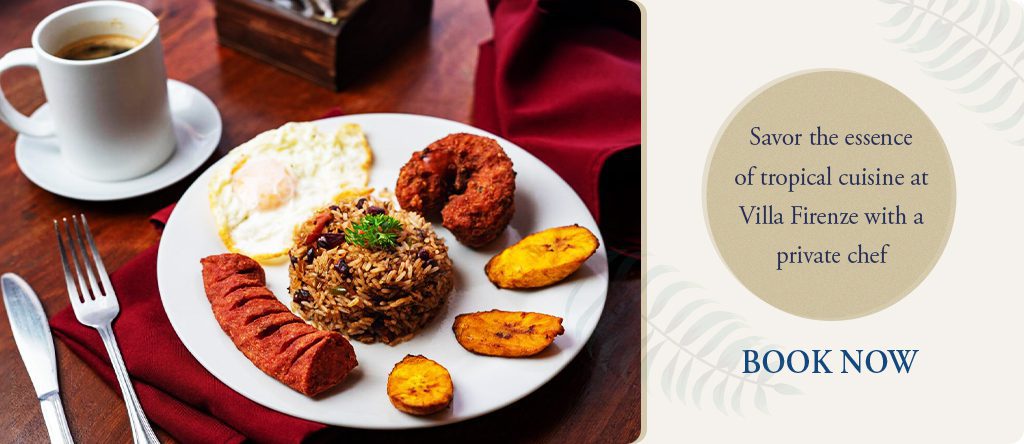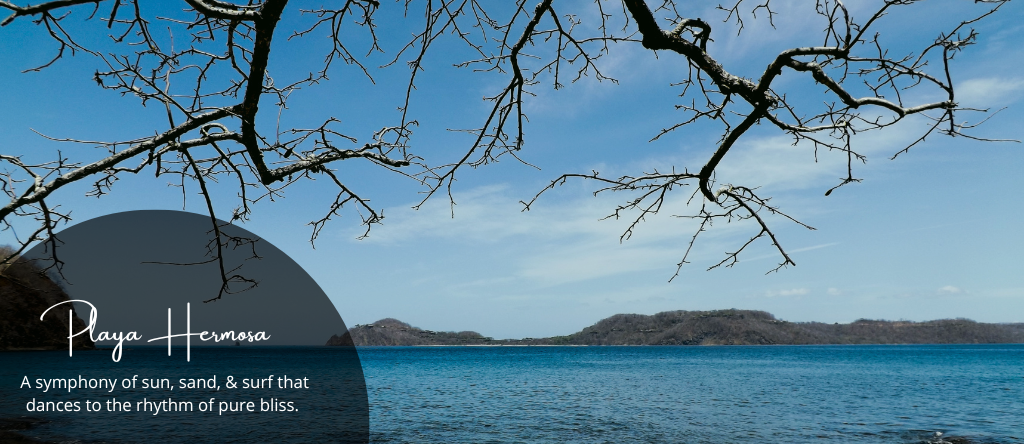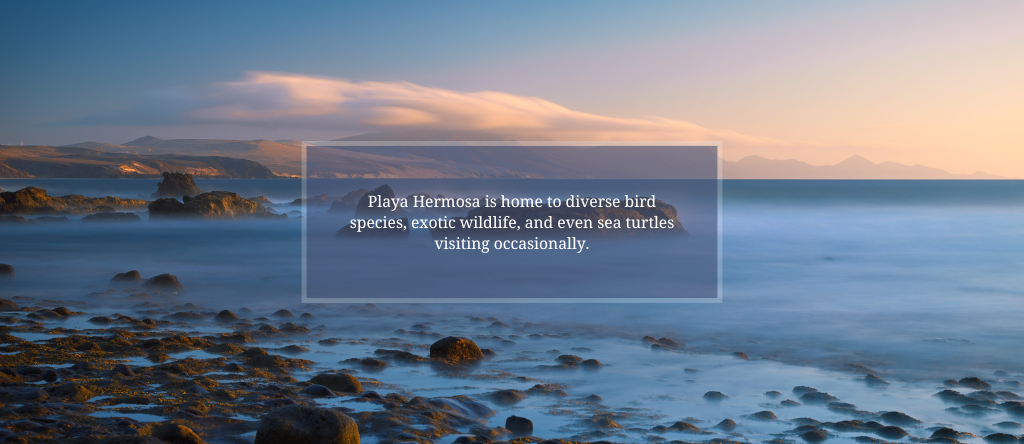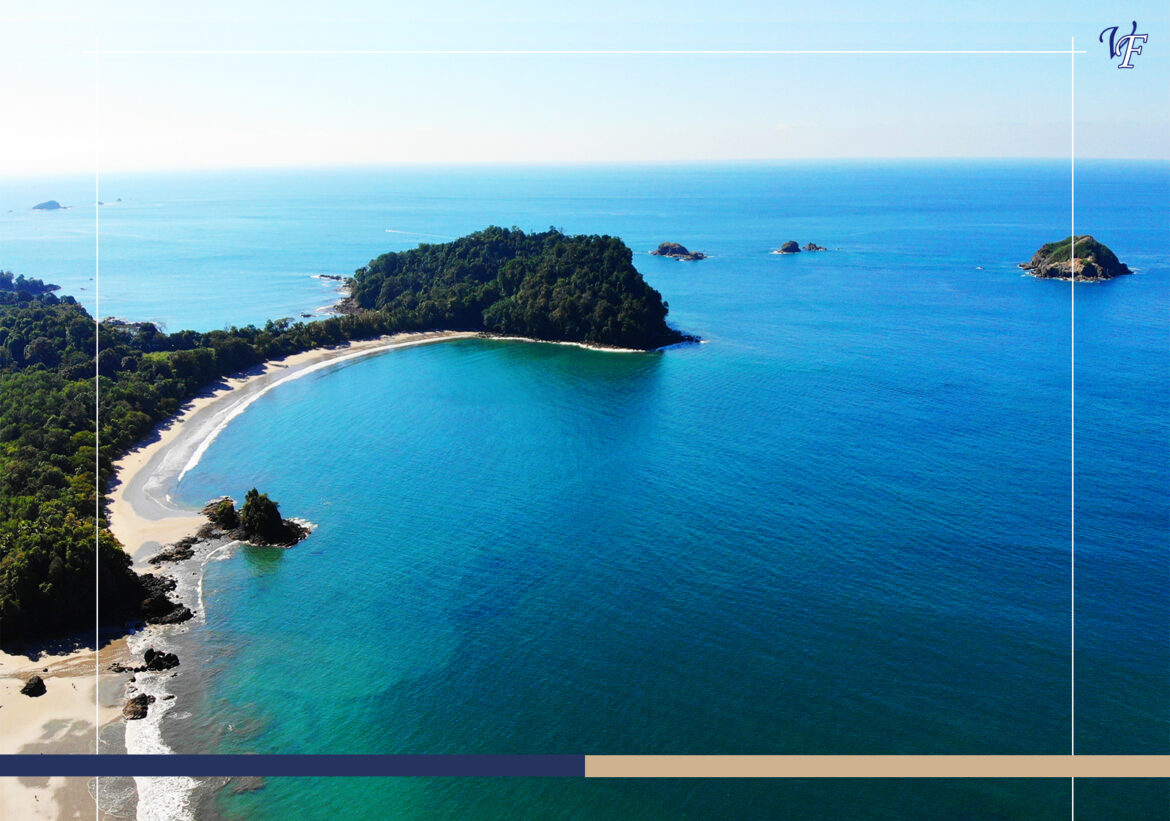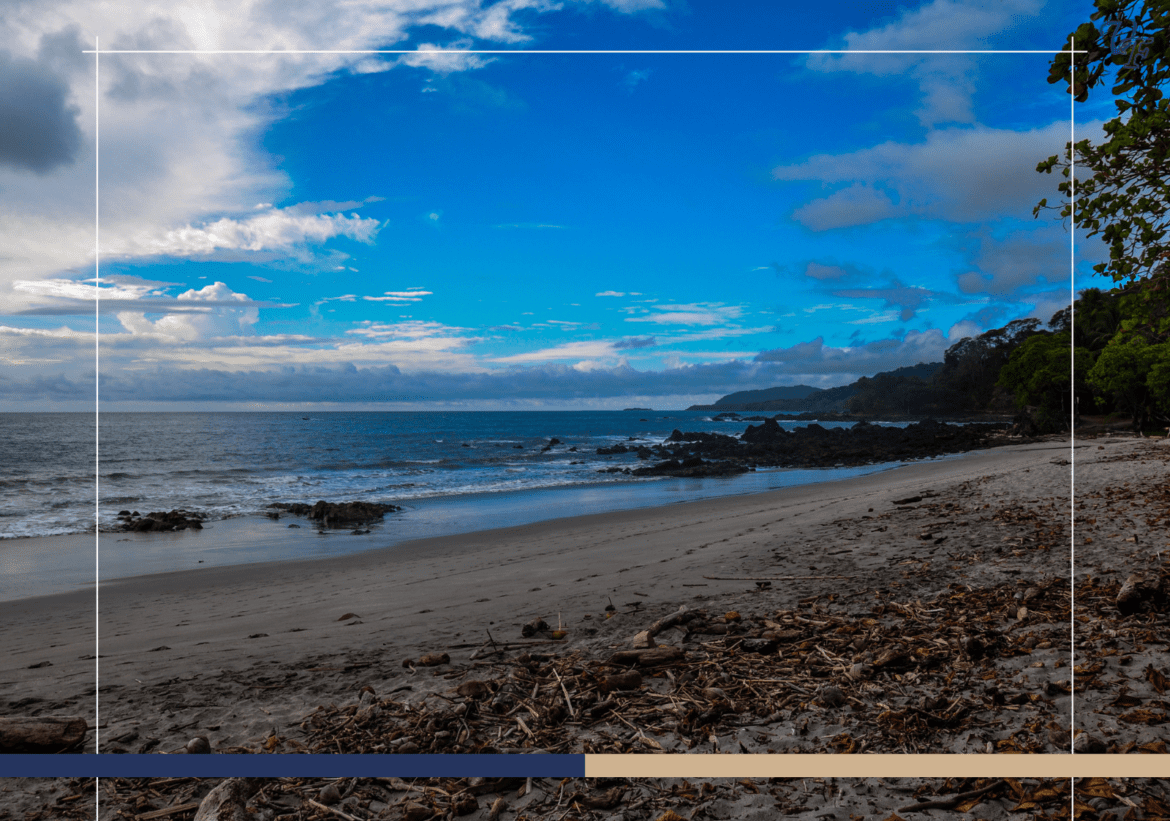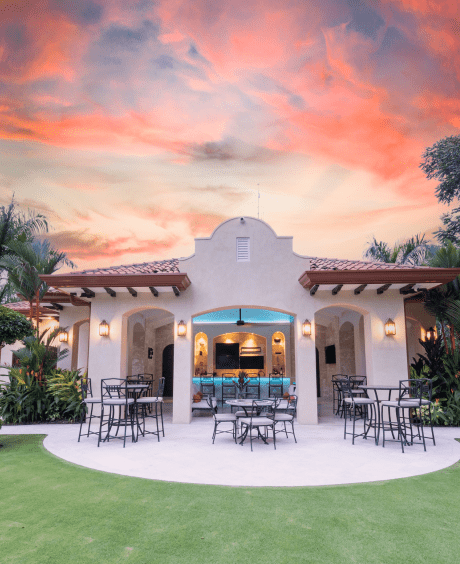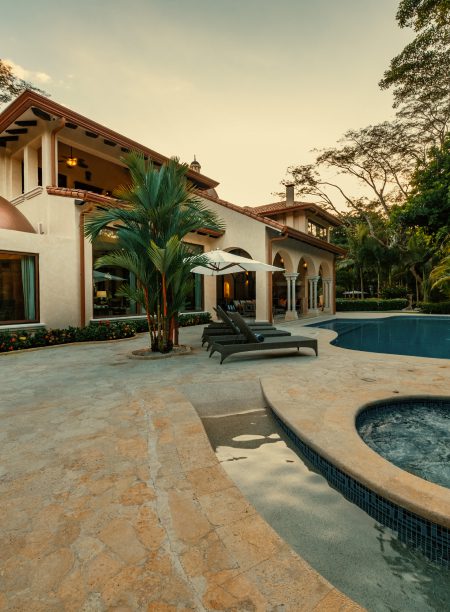Welcome to Playa Tamarindo, a breathtaking coastal destination on Costa Rica’s Pacific Coast in the Guanacaste Province. This enchanting beach in this unspoiled region showcases the country’s awe-inspiring natural beauty and thriving tourism industry. Whether you’re seeking adventure or relaxation, this picturesque beach provides a memorable experience for every traveler, thanks to its distinctive allure.
If you have your eye on a beach vacation and have chosen this gorgeous beach as your preferred destination, go through this Tamarindo beach guide for all the necessary details to ensure a stress-free and enjoyable trip.
Playa Tamarindo – At a Glance
| Attribute | Information |
| Location | Guanacaste province, Costa Rica |
| Best Time to Visit | Green Season (May – November) for tranquility |
| Activities | Surfing, snorkeling, wildlife tours, & sunset sailing. |
| Proximity | Nearby national parks, Arenal Volcano, and Monteverde. |
| Dining Options | Recommended restaurants and cafes. |
| Accessibility | Convenient access from Liberia International Airport. a |
| Safety Considerations | Knowledge of ocean currents, health precautions, and local customs. |
| Accommodations | Wide range of hotels, resorts, and vacation rentals. |
| Atmosphere | A laid-back ambiance with a vibrant tourist scene. |
| Highlights | Pristine beaches, diverse wildlife, and adventure activities. |
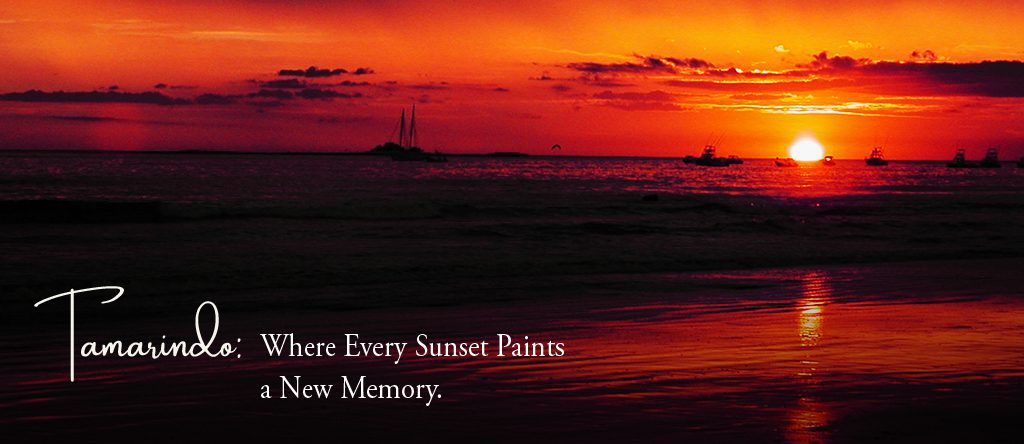
About Playa Tamarindo
Located just a 4 ½ hour drive from Tamarindo to San José, this coastal paradise draws its name from the graceful tamarind trees that grace its shores. Renowned as one of the premier summer beaches in Costa Rica, it captivates with its popularity and vibrant community of expatriates. Here, a tapestry of stunning hotels, a myriad of bars, many luxury villa rentals, and an endless array of restaurants awaits, creating an equally exciting and inviting atmosphere.
Surfers are drawn to the laid-back ambiance, with the legendary Witch’s Rock Surf Camp and other surf shops lining the scene. Beach enthusiasts revel in the crystal blue waters, and the year-round warm ocean and hot sun ensure the perfect setting for relaxation and sun-soaked days. The coastline of Tamarindo Beach in Costa Rica is a stunning sight, with majestic palm trees framing the picturesque view. This picture-perfect destination is an ideal spot to share a romantic sunset in the heart of Costa Rica, perhaps on a horseback riding tour that leaves an indelible mark.
Distances from Tamarindo: Exploring Beyond
Venturing beyond the idyllic shores of this gorgeous beach reveals a tapestry of connections to some of the most captivating destinations in the country. These distances provide a glimpse into the accessibility of diverse experiences:
- 257 KM / 160 Miles: Tamarindo – San José
- 65 KM / 41 Miles: Tamarindo – Daniel Oduber’s Liberia International Airport (LIR)
- 246 KM / 152 Miles: Tamarindo – Juan Santamaria’s International Airport (SJO)
- 102 KM / 64 Miles: Tamarindo – Rincon de la Vieja Volcano National Park
Best Time to Visit Tamarindo Beach
The weather here adds an extra layer of allure to this coastal paradise. The climate in Guanacaste Province is characterized by its distinct dry and green seasons.
You’ll encounter hot temperatures and clear skies during the dry season from December to April. While this season attracts many visitors, the bustling atmosphere can invigorate those seeking vibrant social scenes and exciting nightlife. On the other hand, the green season, stretching from May to November, brings refreshing rainfall that revitalizes the landscape. Mornings often greet you with bright sunshine, making it an ideal time for outdoor adventures. Rain showers arrive in the afternoons, creating a soothing rhythm that complements the lush surroundings. This season offers a quieter ambiance, fewer crowds, and the chance to immerse yourself in the tranquility of natural beauty.
Knowing the weather is crucial in choosing the best time to visit Costa Rica for a beach vacation, whether you prefer the lively energy of the dry season or the serene charm of the green season.
Things to Do Near Tamarindo
While you get a range of facilities and a lively tourist scene, venturing beyond the beach town is a must if you’re seeking the true essence of the natural wonders in this Central American country. The Guanacaste region, encompassing this beach, is an excellent base for exploring coastal and inland attractions.
Here are the top 10 things to do in Tamarindo, Costa Rica, to make the most of your time in and around this stunning beach.
- Horseback Riding: Enjoy horseback riding adventure along the picturesque shores of this beach, enjoying the sunset or delving into the mountains and lush forests.
- Surfing: Tamarindo is a surfer’s paradise, catering to beginners and experienced wave riders. The wave conditions vary depending on the wind, ensuring a challenge for every skill level.
- Snorkeling: Explore the vibrant underwater world known for its volcanic rock formations teeming with marine life. Catalina Island, a prime snorkeling spot, offers encounters with manta rays, butterfly fish, angelfish, and turtles.
- Sportfishing: Get ready to experience the exciting adventure of sportfishing in the waters of the Pacific coast’s northwest region. The area is home to various gamefish species throughout the year, including Blue, Black, and Striped Marlin.
- Relax on Playa Conchal: For a tranquil beach day, head to Playa Conchal, one of the finest beaches in this Central American gem. With its white sand intermixed with shells and calm, crystal-clear waters, Playa Conchal provides an ideal setting for swimming and relaxation.
- Visit Baulas National Marine Park: Just a 30-minute drive north of the beach, Baulas National Marine Park is renowned for its Leatherback turtles. These magnificent creatures return each year to Playa Grande to lay their eggs between November and April. You can also embark on a boat safari tour in Las Baulas, NP, to enjoy exotic Costa Rican wildlife, including crocodiles, green parrots, and howler monkeys.
- Turtle Nesting Tour: Witness a remarkable natural spectacle by joining a turtle nesting tour. During the nesting season, typically from October to February, several sea turtles, including the Olive Ridley and the critically endangered Leatherback turtles, come ashore to lay their eggs.
- Bird-watching Tour: The diverse ecosystem of the beach provides an excellent opportunity for bird-watching enthusiasts. The region is home to various bird species in Costa Rica, including colorful parrots, toucans, and vibrant migratory birds. Explore the nearby mangroves, forests, and wetlands, where you can spot and photograph these beautiful, feathered creatures in their natural habitats.
- Sunset Sailing and Boating Tours: Indulge in the breathtaking beauty of the coastline by taking a sunset sailing or boat tour. Hop aboard a comfortable vessel and set sail along the Pacific Ocean, witnessing the vibrant colors of the sunset painting the sky. Some boat tours also offer the opportunity for snorkeling, swimming, or even spotting dolphins and other marine life.
- Yoga and Wellness Activities: You also get a range of yoga and wellness activities for a relaxing and rejuvenating vacation. Immerse yourself in the serene surroundings as you participate in yoga classes on the beach, in dedicated studios, or tranquil jungle settings.
Engaging in these activities allows you to deepen your connection with nature, immerse yourself in the local ecosystem, relax in the lap of nature loaded with exotic diversity of flora and fauna, and promote personal well-being. These popular things to do in Tamarindo, Costa Rica, offer an enchanting experience to suit every interest and enhance your overall vacation experience.
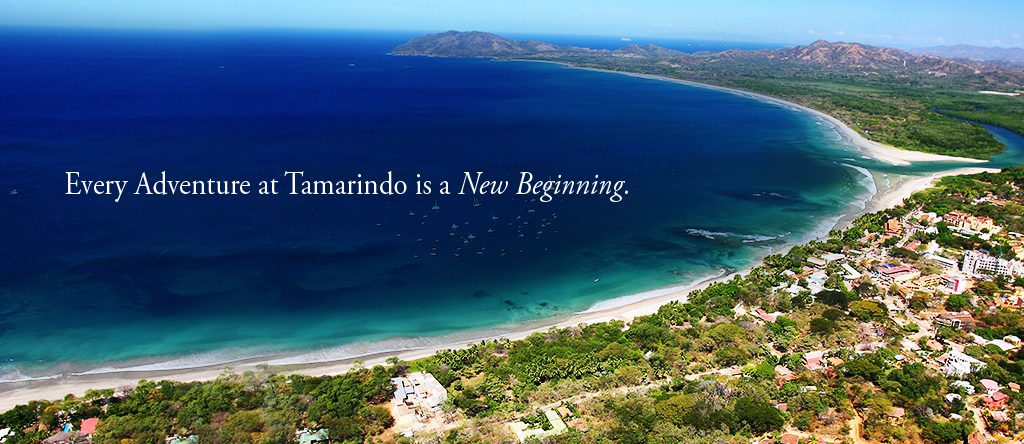
Culinary Delights to Enjoy in Tamarindo, Costa Rica
Indulging in the vibrant culinary scene is a delightful way to savor authentic tropical flavors during your family vacation in Costa Rica. Here are some remarkable dining establishments that promise a feast for the senses:
- Black Stallion Café / Surf Saloon: Transport yourself to a rustic ranch-style setting at Black Stallion Café. This unique restaurant offers private and exclusive setups, including a BBQ shack under the stars. Indulge in local assorted meats like lomo, pork, ribs, chorizo, and steak; all served in a distinctive rustic wood design. It opens from 12:30 p.m. to 9 p.m., Monday to Saturday.
- Antichi Sapori: Embark on a culinary journey to southern Italy at Antichi Sapori. This restaurant specializes in classic Sicilian cuisine, featuring appetizers, carpaccio meats and fish, homemade bread sandwiches, pasta, daily specials, and delectable pizzas. Complement your meal with fine Italian wines and finish on a sweet note with homemade pastries. Open from 12:30 p.m. to 9 p.m., Monday to Saturday.
- El Sapo Ristopizza Cocktail Bar: Langosta Beach hosts El Sapo Ristopizza Cocktail Bar, an oasis for seafood enthusiasts and lovers of Italian flavors. Savor seafood appetizers, Italian cheeses, and expertly crafted side dishes by skilled Italian chefs. Doors open from 11:30 a.m. to 10 p.m. every day.
- La Bodega: To taste organic goodness, visit La Bodega, a popular cafe in Costa Rica known for its organic servings. La Bodega crafts fresh homemade sandwiches, salads, baked goods, coffee, and drinks, offering a menu brimming with locally grown ingredients. It runs from 7 a.m. to 3 p.m., Monday to Saturday, and from 7 a.m. to 12 noon on Sundays.
- Café Tico Tamarindo: Experience a comfortable oasis at Café Tico Tamarindo, where you can relish rich cups of Costa Rican coffee on the shaded patio. The use of local ingredients extends to their bread, pastries, yogurt, butter, and cheese. Open from 7 a.m. to 5 p.m. on weekdays and from 7 a.m. to 3 p.m. on Saturdays.
- Waffle Monkey: Satiate your waffle cravings at Waffle Monkey, a haven for homemade Belgian waffles. With an array of toppings and variations, they cater to diverse tastes, including gluten-free and vegan options. Hot and cold coffees, ice cream, and smoothies complete the delectable experience. Open Monday to Friday from 7 a.m. to 3 p.m. and Saturdays and Sundays from 8:30 a.m. to 1 p.m.
- NOI Bistro: NOI Bistro offers a relaxed ambiance for a delightful breakfast or brunch experience. As the day transitions, enjoy an array of international dishes, with a chocolate volcano dessert highly recommended by those who have dined here. Unwind at NOI Bistro from 8 a.m. to 10 p.m., seven days a week, and have the best version of the Costa Rican diet.
Safety and Practical Tips
When visiting Tamarindo Beach, Costa Rica, it’s crucial to prioritize your safety and be mindful of practical considerations. Here are some essential tips to know for a smooth and enjoyable experience:
- Be cautious when swimming and participating in water-based activities. Pay attention to ocean currents, follow lifeguard instructions, and consider wearing a life jacket if needed.
- Prioritize your health by checking with your healthcare provider for recommended vaccinations before your trip.
- Protect yourself from mosquito bites by using repellent and wearing appropriate clothing.
- Drink enough water and take precautions to protect yourself from the harsh sun rays. To shield your skin from harmful UV rays, apply sunscreen frequently and wear a hat and sunglasses. If you feel too exposed to the sun, find a shaded area to cool down.
- Respect the local culture and environment. Embrace the Pura Vida lifestyle, greet locals with a friendly attitude, and follow cultural etiquette and customs.
- Help protect the environment by responsibly disposing of waste and minimizing single-use plastics.
- Familiarize yourself with the local currency (Costa Rican Colón) and ensure you have a mix of cash and major credit cards.
- Prioritize your safety by being aware of your surroundings and belongings. Keep important documents, such as passports, safe, and be cautious of scams or pickpocketing.
- Stay updated on any travel advisories or safety updates affecting the region.
- Ensure to follow sustainable and re-generative tourism practices the country is known for.
By following these safety and practical tips, you can have a worry-free and fulfilling experience while exploring the wonders of Tamarindo Beach.

Conclusion
In the tapestry of travel destinations, Tamarindo Beach, Costa Rica, emerges as a vibrant masterpiece woven with natural beauty, adventure, and relaxation threads. Here, the tranquil embrace of its shores invites you to unwind while exhilarating activities paint your days with vibrant hues of excitement. Beyond the beach, the region’s hidden treasures beckon, promising moments of discovery that will become cherished memories.
Listen to the call of the colorful tapestry. Embark on your journey with a sense of curiosity and awe. As you soak in the beauty, relish in the experiences, and forge connections with the culture while staying at a luxury villa rental in Costa Rica, you’ll find yourself not merely a traveler but a part of the story that this enchanting destination weaves.


